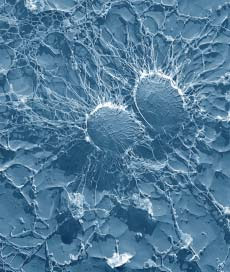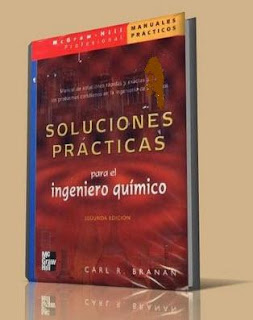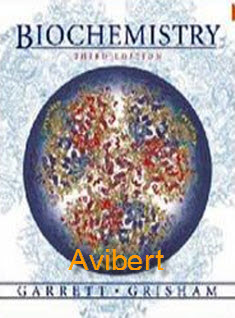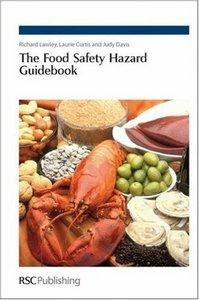
Resumen
Se estudió la producción de enterotoxinas y sensibilidad antibiótica de cepas de Staphylococcus aureus aisladas de alimentos listos para consumir y de manos de manipuladores de servicios de comidas, entre el 1/5/2002 y el 15/11/2003. Se investigó su presencia en recuentos 102 UFC/g en 439 alimentos y su presencia / ausencia en 336 hisopados de manos (agar Baird Parker, Gram, catalasa, coagulasa, DNAsa y API STAPH), resultando positivas el 13,4% y el 9,8% de las muestras, respectivamente. En 33 cepas (aisladas de 19 alimentos y 14 hisopados), se estudió la capacidad de producir enterotoxinas (Vidas System) y la sensibilidad antibiótica (NCCLS) frente a meticilina, eritromicina, clindamicina, rifampicina, lincomicina, nitrofurano, gentamicina, cotrimoxazol, vancomicina, teicoplanina, cloranfenicol, fosfomicina, tetraclicina, ciprofloxacina y oxacilina. Presentaron resistencia a eritromicina dos cepas (6,1%), aisladas de un hisopado y un alimento, siendo esta última también resistente a clindamicina.
Mientras que el 90,9% de las cepas fue resistente a penicilina, una cepa (3,0%), aislada de un manipulador, fue resistente a gentamicina. Se demostró la presencia de enterotoxina en el 64,3% de las cepas aisladas de hisopados y 57,9% de las de alimentos. La alta proporción de cepas enterotoxigénicas aisladas resalta la importancia de la capacitación de los manipuladores en Buenas Prácticas de Elaboración como estrategia para prevenir brotes de enfermedades transmitidas por alimentos por S. aureus.
Introducción
Staphylococcus aureus es un microorganismo ubicuo, cuyo hábitat principal es la piel, sus glándulas anexas y las mucosas de los animales de sangre caliente.
En los portadores humanos, se multiplica primariamente en la nariz, sitio que puede ser colonizado durante los primeros días de vida. Muchos portadores nasales también lo portan en la piel, ya que el hábito de tocarse la nariz hace que S. aureus pase a las manos. Si bien es considerado un comensal, parte de la microflora normal permanente o transitoria, en ocasiones se convierte en un patógeno oportunista, causando desde infecciones menores en piel, hasta cuadros sistémicos, que pueden llevar a la muerte. S. aureus es, por lo tanto, un microorganismo de gran importancia en clínica, en especial por las cepas meticilino resistentes (SAMR), conocidas desde hace más de 30 años (2, 7, 14).
Además de su importancia en clínica, Staphylococcus aureus es considerado mundialmente uno de los agentes más importantes de enfermedades transmitidas por alimentos (ETA) (1, 4, 9, 10). Sin embargo, al tratarse generalmente de cuadros gastrointestinales leves, autolimitantes, los casos o brotes por este microorganismo, pocas veces son notificados (6).
S. aureus causa un cuadro de intoxicación que resulta de la ingestión de una o más enterotoxinas (ETs) preformadas en el alimento. Son proteínas de bajo peso molecular que resisten la acción de enzimas digestivas como tripsina y pepsina y son estables a las temperaturas de cocción. Por métodos serológicos pueden diferenciarse 14, aunque sólo algunas están bien caracterizadas bioquímicamente (13, 14). Hasta el momento las Ets A, B, C, D y E o sus combinaciones son las que se han detectado en alimentos elaborados en servicios de comidas (15).
Se han hecho muchos esfuerzos por intentar relacionar la producción de ET con diferentes propiedades bioquímicas de los estafilococos, principalmente las pruebas de coagulasa y termonucleasa. Sin embargo, no todas las cepas coagulasa y/ o termonucleasa positivas, son enterotoxigénicas (15).
Las intoxicaciones por S. aureus no requieren del uso de antibióticos, motivo por el cual generalmente no se realizan pruebas de sensibilidad antibiótica de las cepas aisladas de alimentos. Sin embargo, en 1995 se produjo un brote por SAMR en un hospital, en el que 21 pacientes de hematología se vieron afectados y cinco murieron. La investigación señaló a los alimentos como vehículo de esta cepa, confirmándose la presencia de un manipulador colonizado por la misma (8). Recientemente, se describió en Estados Unidos el primer brote de una intoxicación alimentaria en la comunidad cuyo agente etiológico fue una cepa SAMR, productora de enterotoxina C (7).
En el presente trabajo se realizó un estudio prospectivo con el fin de investigar la producción de enterotoxinas y la sensibilidad antibiótica de cepas de S. aureus coagulasa positivas, aisladas de alimentos listos para consumir y de las manos de manipuladores.
Para ver Materiales y Métodos, Resultados, Discusión y Conclusiones descargar el paper.





























































 The membranes used for reverse osmosis have a dense barrier layer in the polymer matrix where most separation occurs. The semipermeable membrane allows the passage of water but not ions (Na+, Ca+2, Cl-1) or larger molecules (e.g. Glucose, urea, bacteria)
The membranes used for reverse osmosis have a dense barrier layer in the polymer matrix where most separation occurs. The semipermeable membrane allows the passage of water but not ions (Na+, Ca+2, Cl-1) or larger molecules (e.g. Glucose, urea, bacteria)


